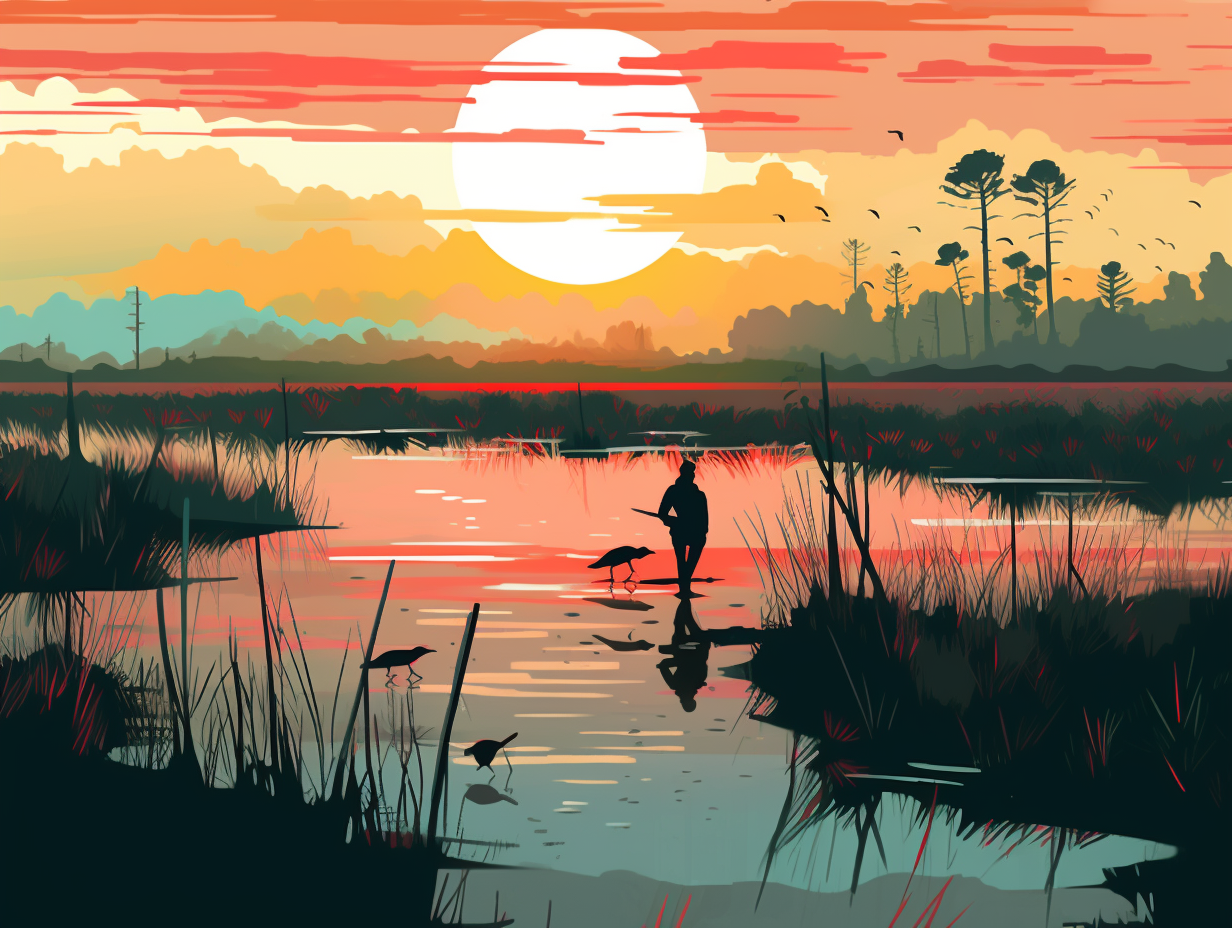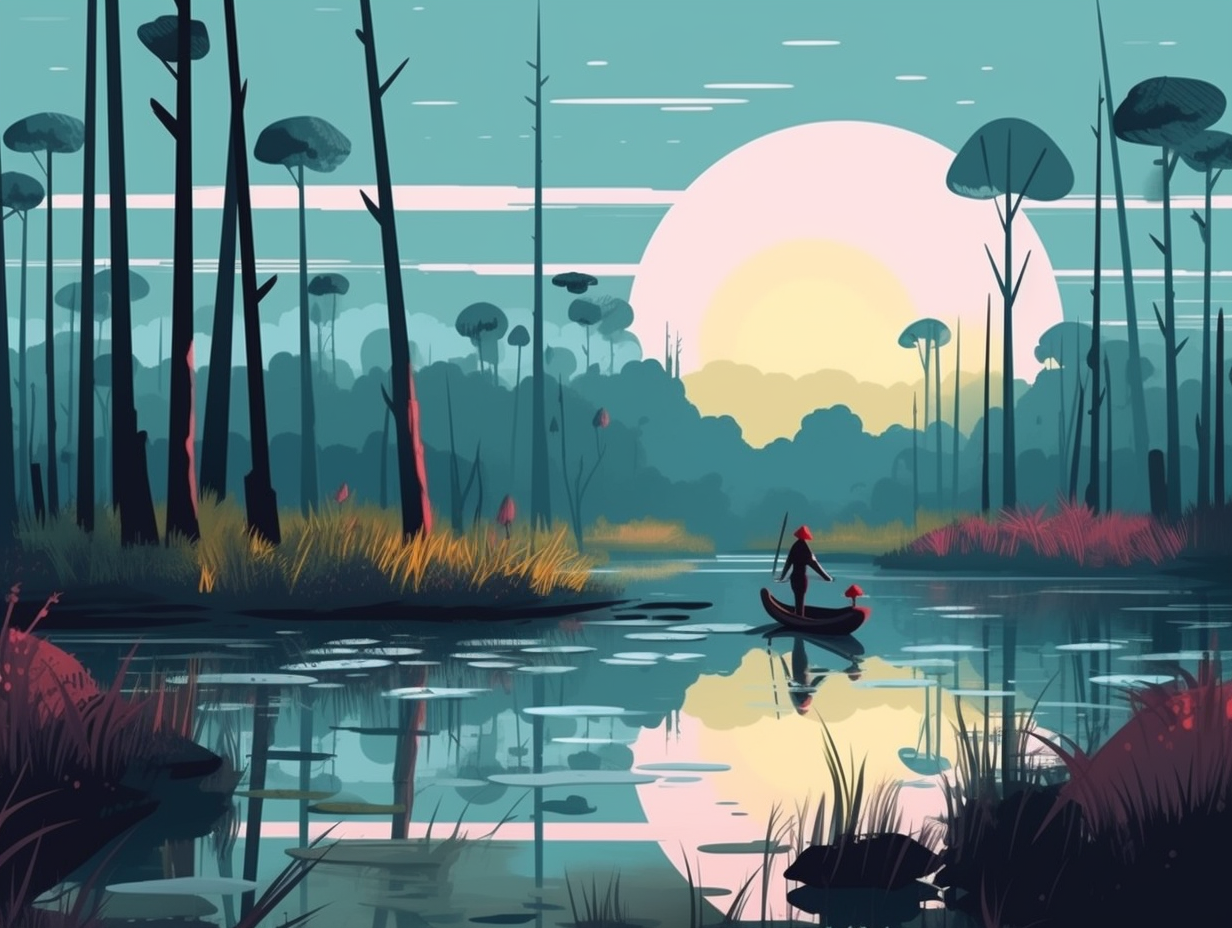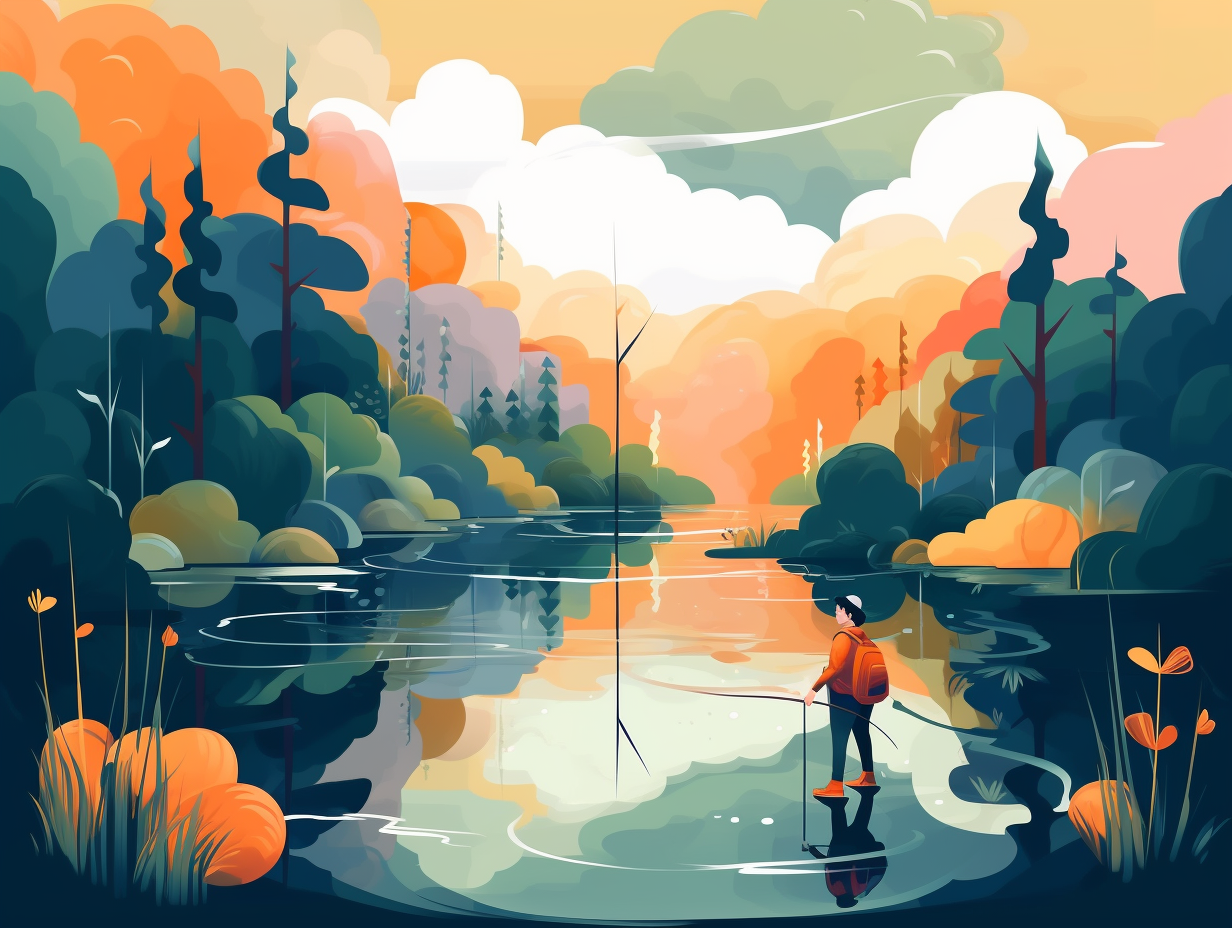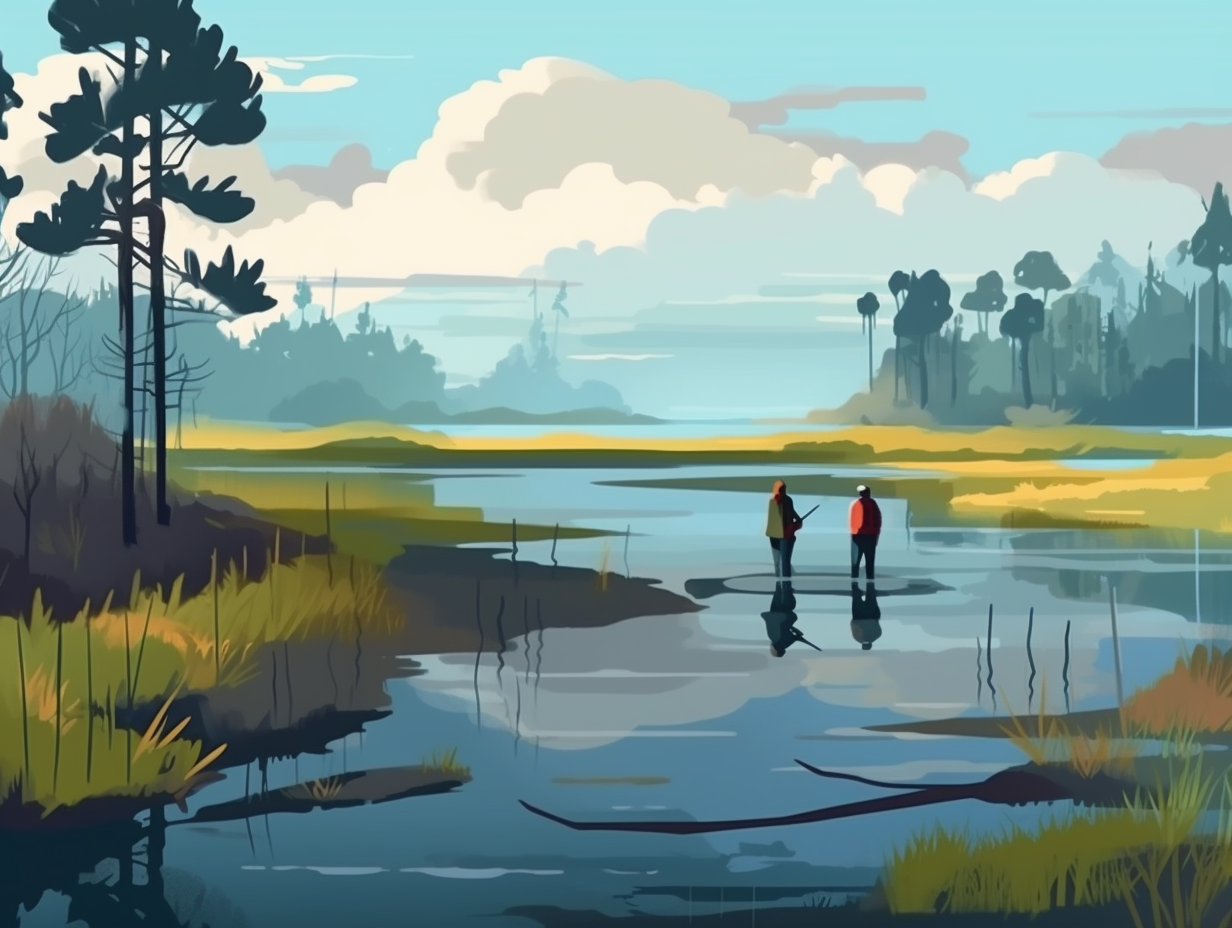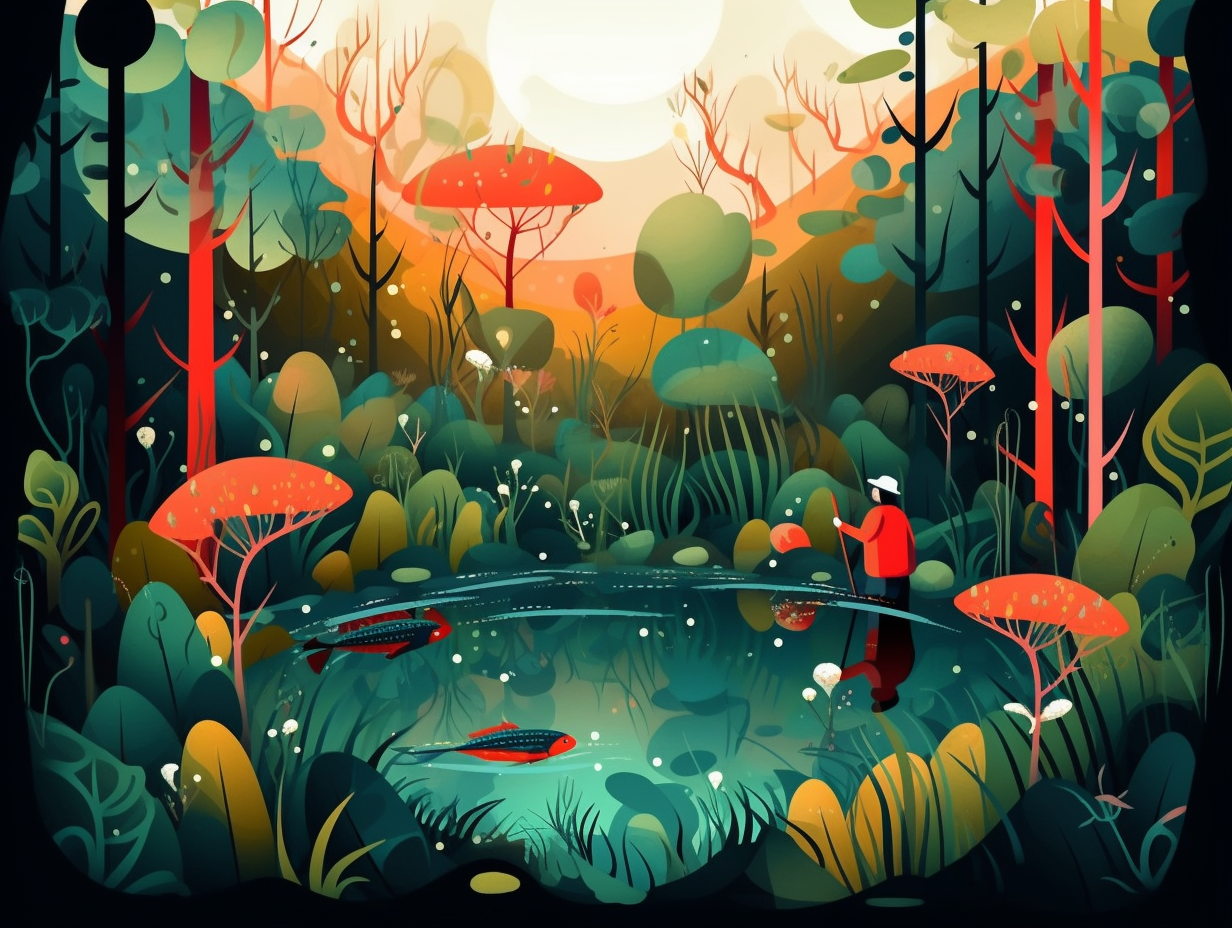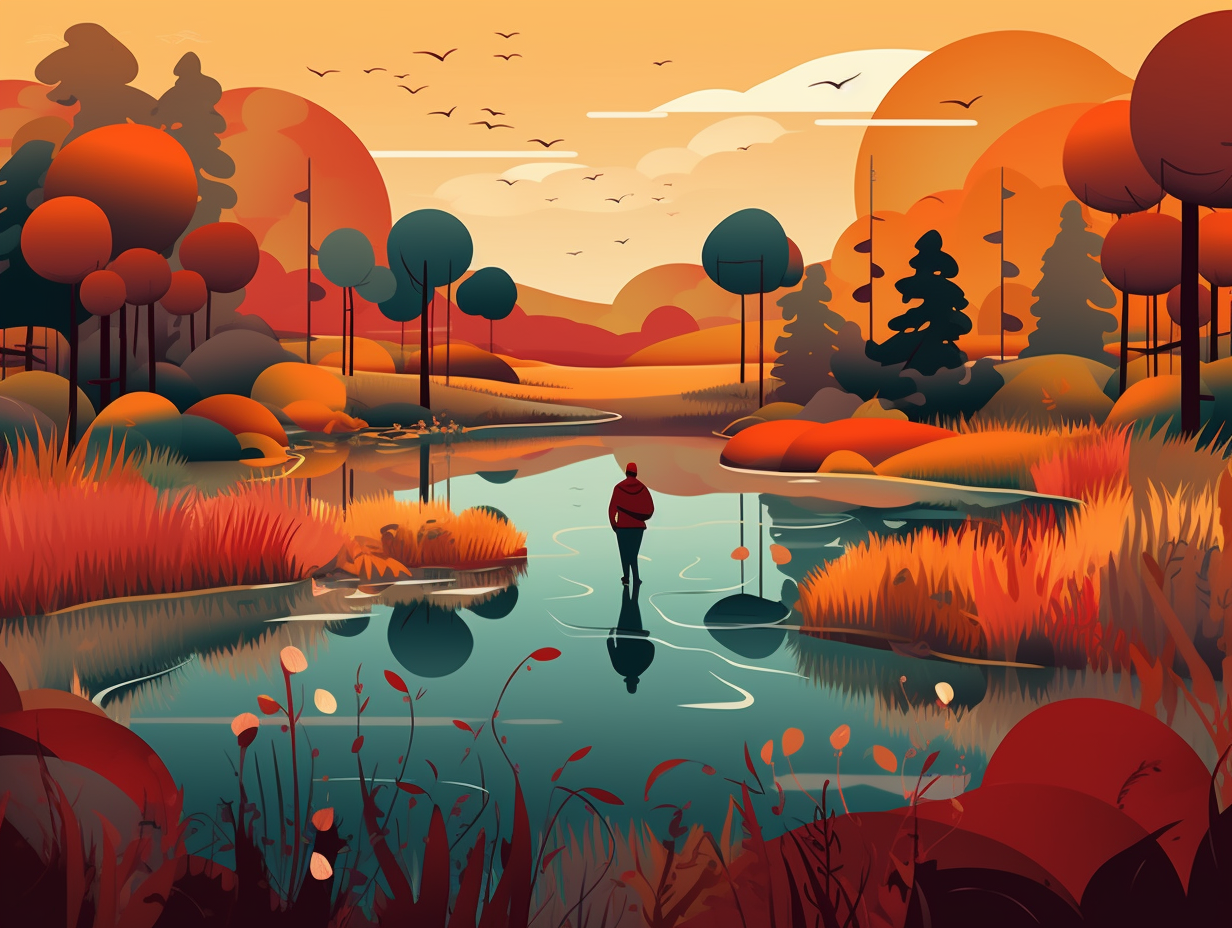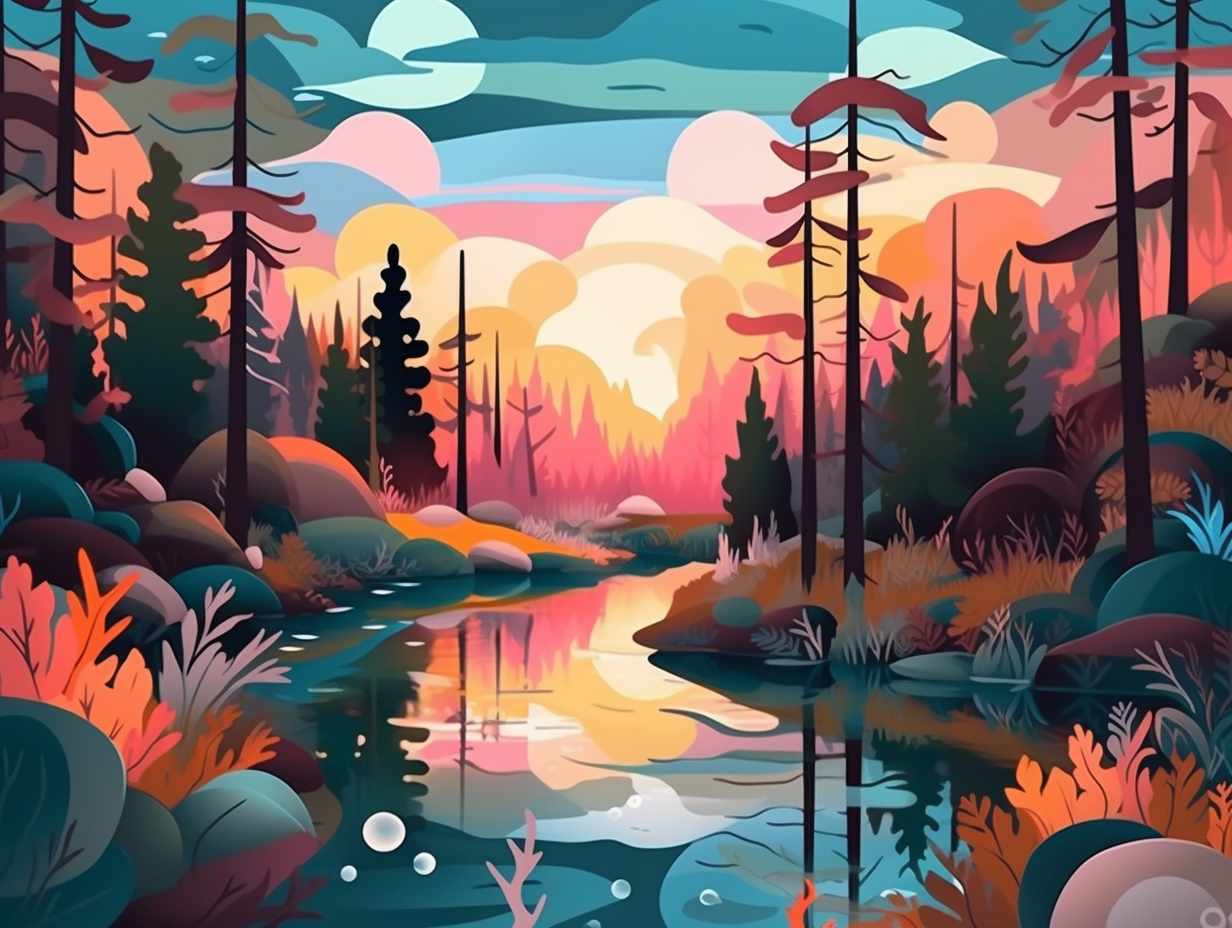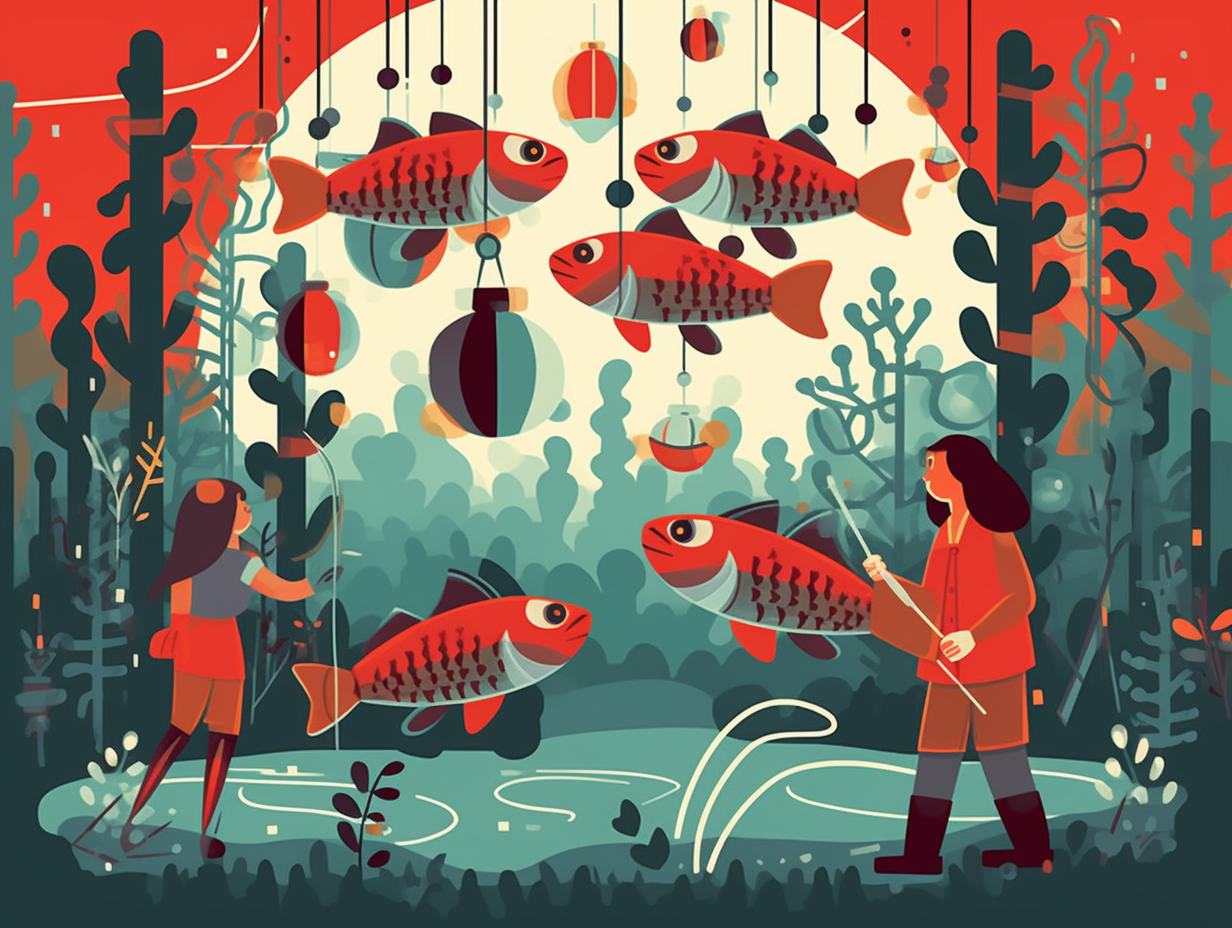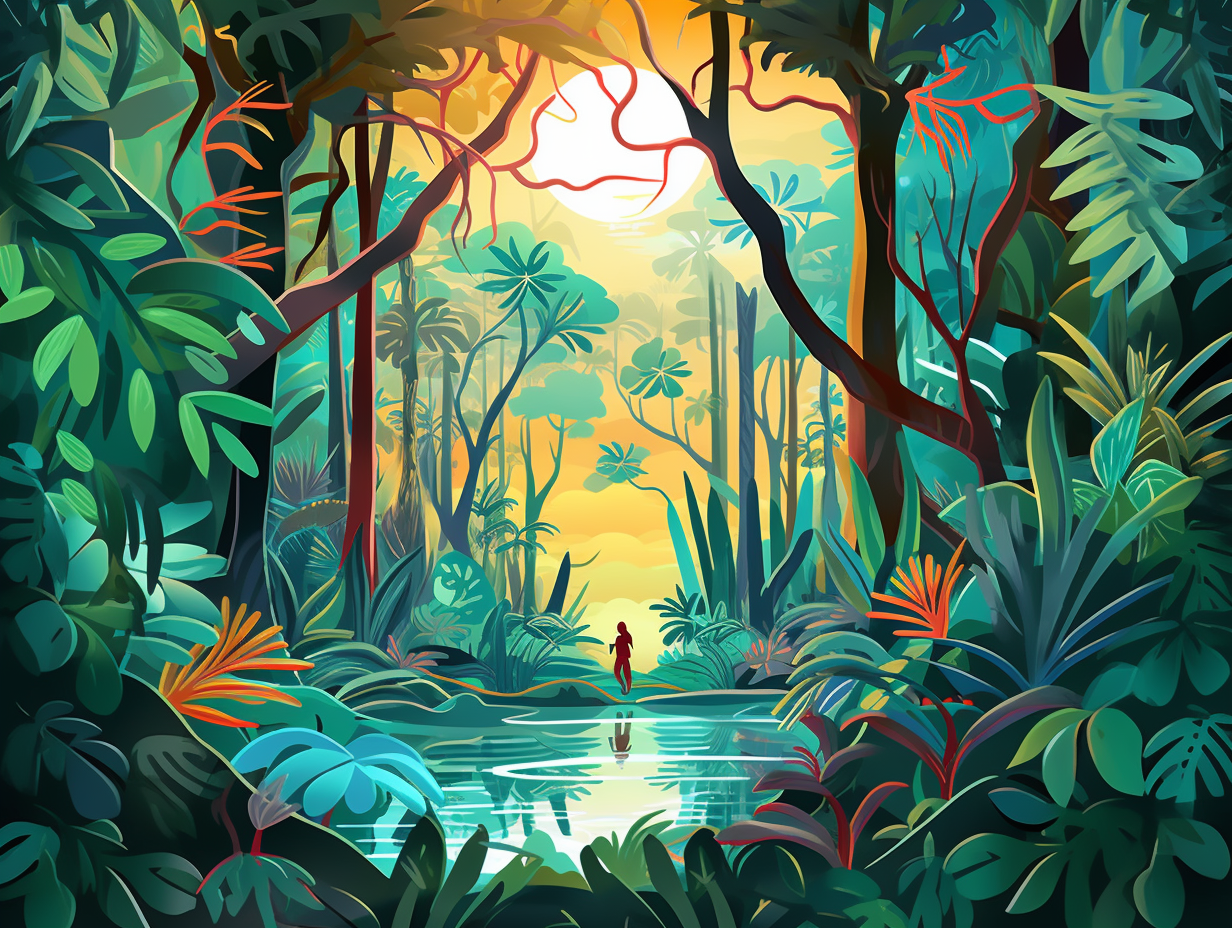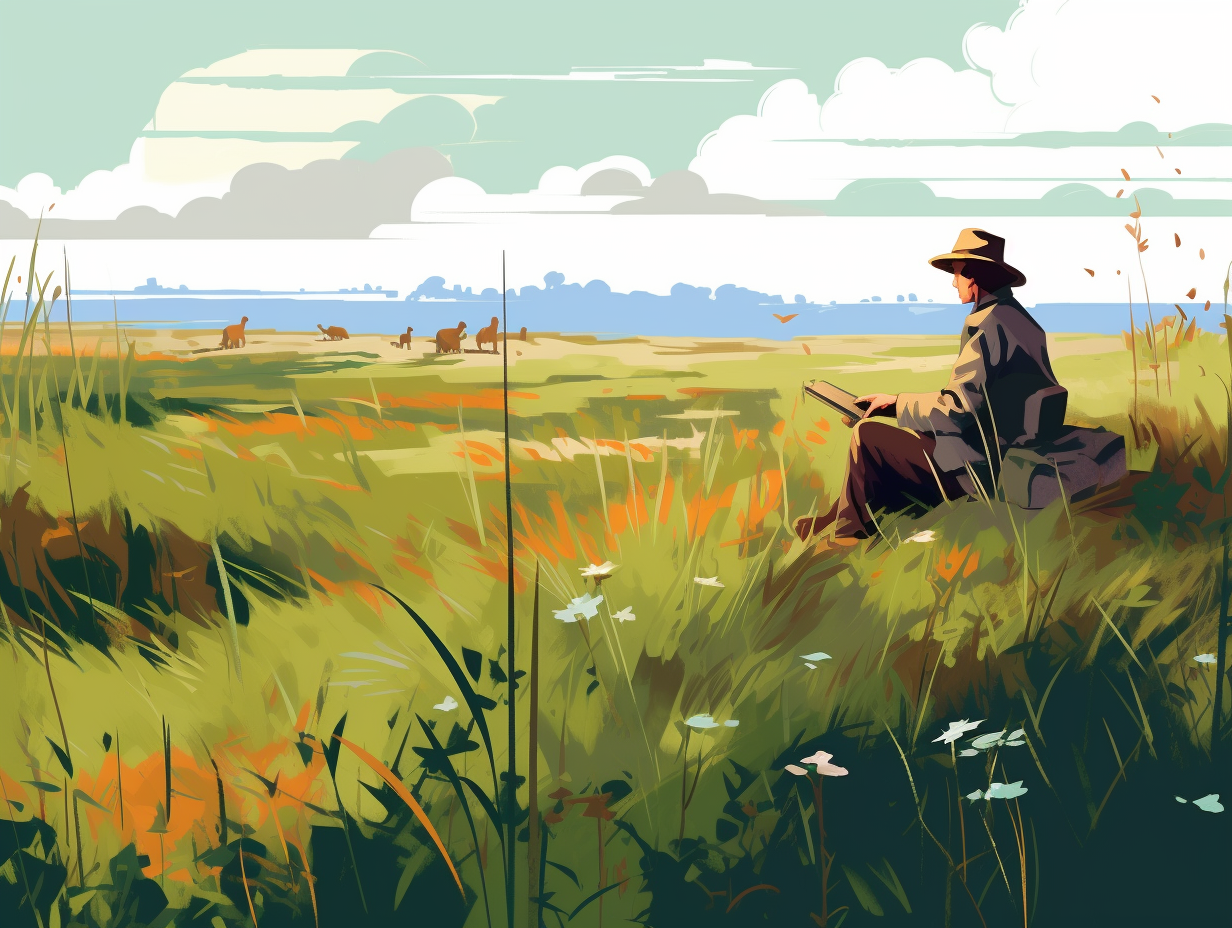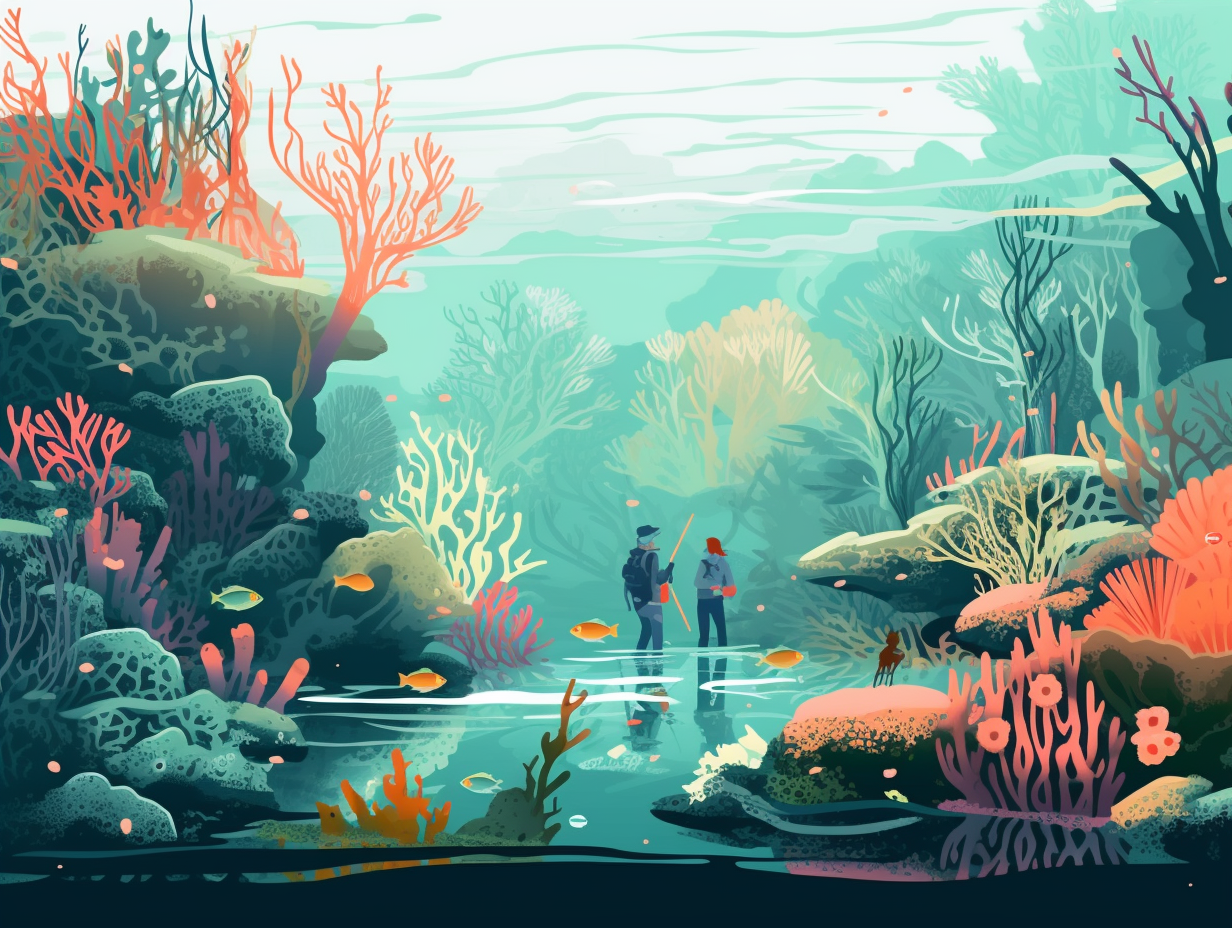Discover the Wild Side: Top 12 Amazing Fun Facts About the Everglades You Never Knew!
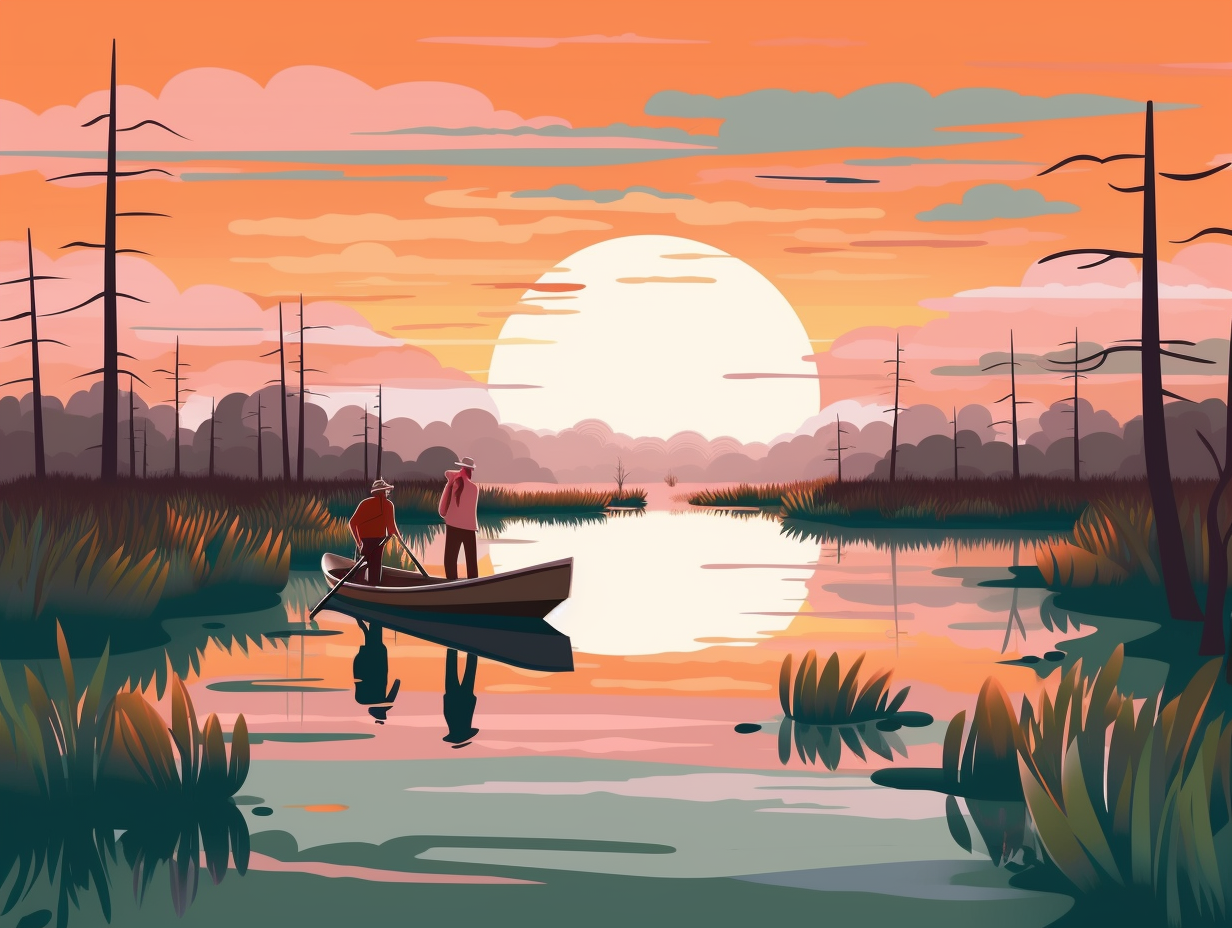
1. Crocodile vs. Alligator Hangout Spots
How does a crocodile tell an alligator "see ya later"? By opting for a salty getaway, of course: In the Everglades, American Alligators and American Crocodiles coexist, with alligators predominating in freshwater regions, while crocodiles find their sweet spot in the saltier waters closer to the marine environment.
Source => postalmuseum.si.edu
2. Jurassic Park-esque Cypress Trees
If cypress trees could talk, they'd boast about their remarkable family reunion in the Everglades: Located in the heart of the Florida Everglades, the Corkscrew Swamp Sanctuary hosts the world's largest stand of old-growth cypress trees, some so massive that a stroll among them feels like a journey into Jurassic Park!
Source => naplesfloridatravelguide.com
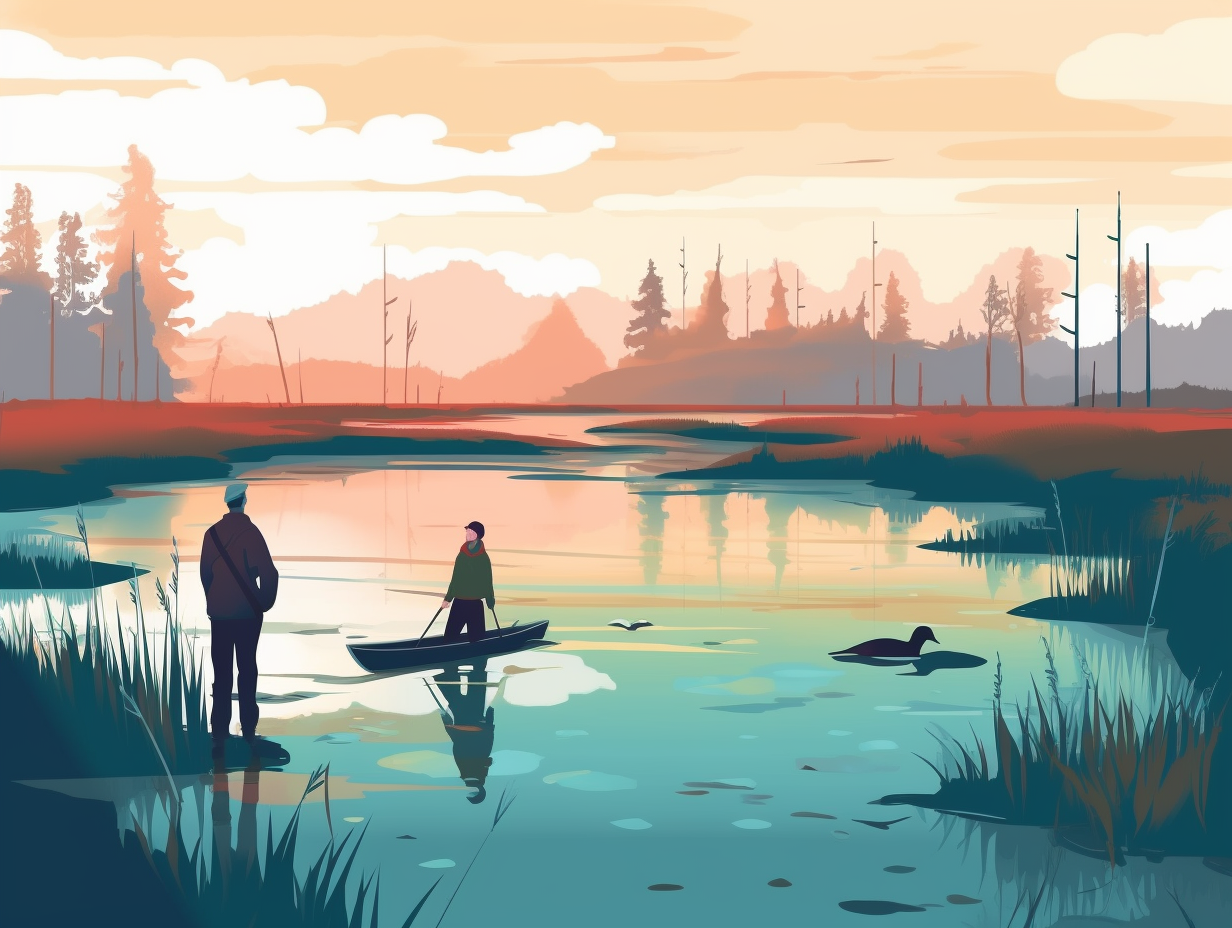
Discover the fascinating world of Spanish moss – nature's ultimate freeloader that thrives without depending on its tree hosts for water or nutrients. Did you know it has a two-pronged approach to finding new homes? Find out how these bearded squatters hitch rides on birds and breezy zephyrs! 🌳💧🐦
=> Fun Facts about Wetlands
3. Everglades' Wild Orchid Extravaganza
If the Everglades were a garden party, they'd be inviting the most eccentric, yet stunning, array of flora from around the neighborhood, parading wild orchids like it's nobody's business: With a guest list of over 750 native seed-bearing plants and the highest density of wild orchids in any national park in the continental US, it's no wonder that the Everglades is the go-to spot for plant enthusiasts and botanists seeking some serious plant-populated fun.
Source => usgs.gov
4. Miami's Underground Nightclub: The Biscayne Aquifer
Who knew that Miami's hottest nightclub was actually underground, and wet, and served as a tap for millions? Get ready for some aqua-licious insight: The Biscayne Aquifer, intimately connected to the Everglades, is a vital source of freshwater for South Florida, quenching the thirst and hygienic needs of millions of people by pumping out over 300 million gallons of water daily, all recharged by rainfall on the Everglades.
Source => evergladesfoundation.org
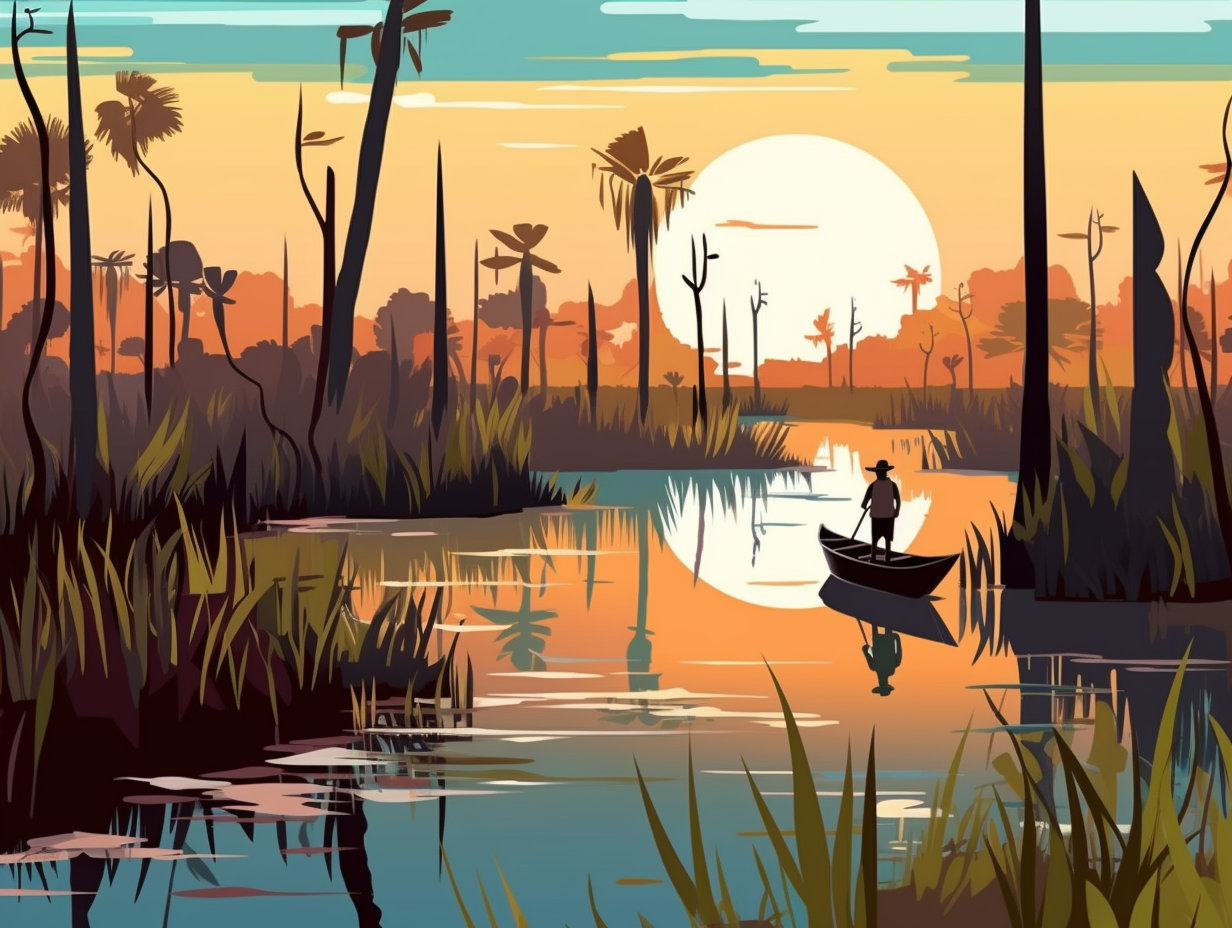
5. Exclusive VIP Guest List: Endangered Species
Step right up, folks, and feast your eyes on the Everglades National Park's wildly exclusive guest list, where the who's who of the animal and plant kingdom mingle like Hollywood celebrities: This natural wonderland is home to 39 federally listed species, with seven being a bit camera-shy and no longer in the park, while two superstar species, the Cape Sable seaside sparrow and the Florida leafwing butterfly, only strut their stuff in the park and nearby lands. Here, you'll find more than half of the park designated as critical habitat VIP lounges for these A-list organisms!
Source => nps.gov
6. Hogwarts for Grasses: Everglades' Magical Flora
If grasses could attend Hogwarts, the Everglades would be the Sorting Hat's ultimate challenge: The magical wetland boasts over 100 native true grass species, all adept at the art of seasonal survival and fire-sparked regeneration. Abracadabra, indeed: The Everglades houses more than 100 species of native true grasses, with unique microclimates and microhabitats that cater to specific types, and their uncanny ability to rebound after fires during the dry season makes them the true wizards of the plant world.
Source => nps.gov
7. Mangroves: Climate Change-fighting Superheroes
Who needs superheroes when you've got mangroves in the Everglades? These unassuming trees are like Mother Nature's climate change-fighting warriors, quietly defending our planet one leaf at a time: With their salt-tolerant power to store up to $3.4 billion worth of carbon, according to a recent study by Meenakshi Jerath of Florida International University, mangrove forests in the Everglades not only help combat global warming, but are now more valuable than ever. Unfortunately, their heroic efforts are under threat from rising seas and man-made flood control systems that mess with their mojo. But fear not! Conservationists are working to restore the natural balance and preserve our cape-less crusaders, one watery wonderland at a time.
Source => yaleclimateconnections.org
8. Everglades: Ultimate Avian Party House
Birds of a feather may flock together, but in the Everglades, they're throwing a full-blown feathery festival of diversity: The wetland wonder boasts over 350 species of birds – including great egrets, white ibis, herons, and wood storks – making it the avian social hot spot of North America.
Source => fcit.usf.edu
9. Stinky Skunk Ape's Swampy Hideout
A legendary sanctuary for large, stinky cryptids: The Florida Everglades is home to the Skunk Ape Research Headquarters, where investigator Dave Shealy has spent decades researching the presence of 7-9 elusive, malodorous primates, often witnessed by intrigued locals and captured in a 2000 video while frolicking in the swampy marshes.
Source => cbsnews.com
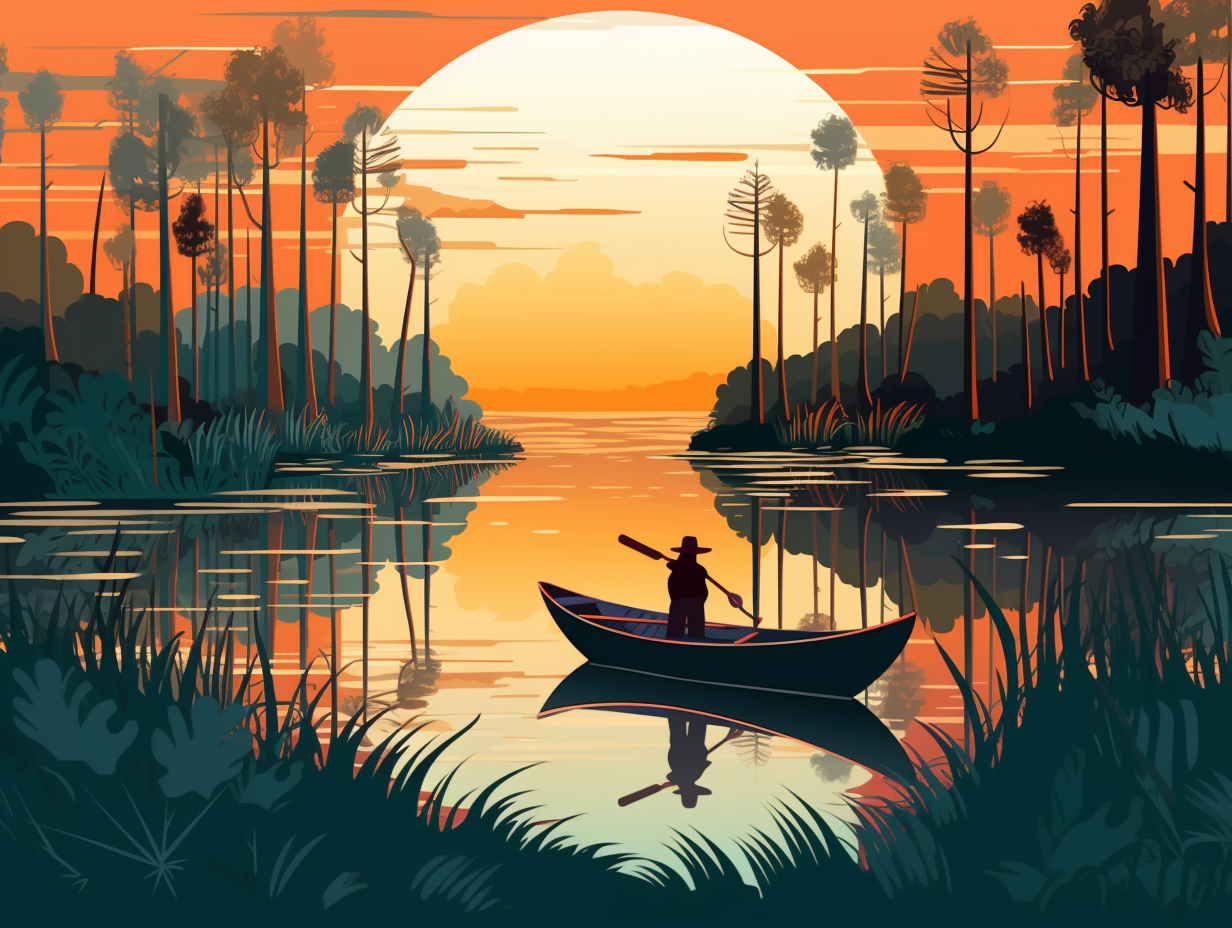
10. Everglades' Tropical Storm Hall of Fame
The Everglades' claim to fame: It's the ultimate tropical storm hangout spot, with stars like Hurricane Andrew in '92, Katrina and Wilma in '05, and Irma's legendary performance in 2017! Brace yourself for the serious reveal: These hurricanes caused massive damage to vegetation, eroded shorelines, and disrupted the ecosystem with some individual events leading to up to 10% disturbance in Everglades National Park, as revealed by USGS's Land Change Monitoring, Assessment, and Projection initiative.
Source => usgs.gov
11. Tarpon Fish: Aquatic High Jumpers
Watch out, Olympic high jumpers: the Tarpon fish has got some serious air-time in the Everglades, and they're not just flipping out for the halibut! These aquatic acrobats can leap a staggering 10 feet out of the water, making them a must-catch experience for thrill-seeking anglers in Florida Keys, Gulf of Mexico, and Everglades National Park.
Source => guidesly.com
12. Python Invasion: Epic Devouring Contest
Who let the (python) dogs out? Mother Nature, that's who! And these slithering house guests are gobbling up Florida's usual suspects faster than gators in a late-night snack attack: According to the United States Geological Survey (USGS), the Everglades' Burmese python invasion has led to a drastic drop in native animal populations—raccoon populations have plummeted by 99.3%, opossums by 98.9%, and bobcats by 87.5% since 1997, with marsh rabbits, cottontail rabbits, and foxes virtually vanishing. You know it's bad when the evidence is a python with hooves in its gut!
Source => abcactionnews.com
Related Fun Facts

